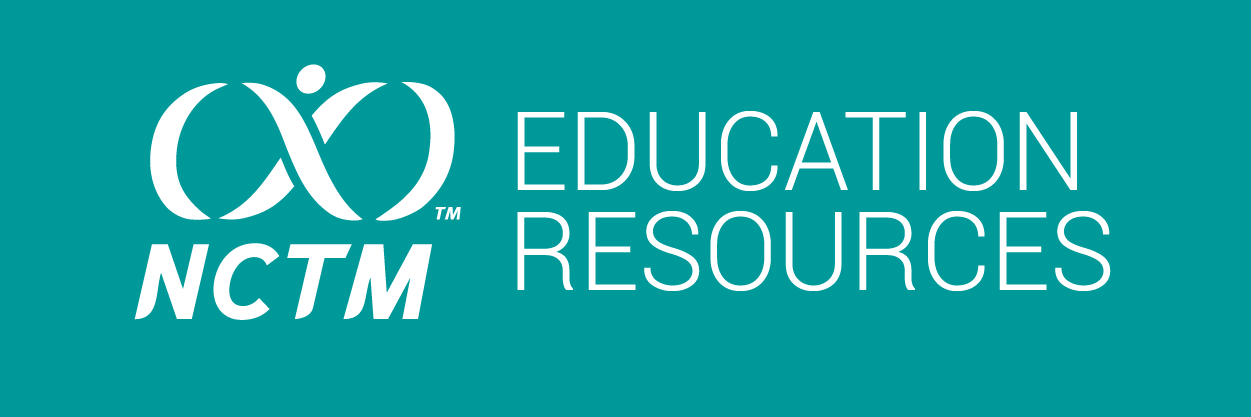LOCUS Provides a Rich Repository of Assessments of Statistical Understanding

Donna LaLonde and Rebecca Nichols
We capture our confidence in student learning with statements that begin, “Students will be able to …” and we rely daily on formative assessments to guide our instruction.
In this column, we want to highlight an incredible resource developed as part of a project led by Tim Jacobbe, associate professor and mathematics education coordinator, for the University of Florida College of Education. LOCUS, Levels of Conceptual Understanding in Statistics, is an NSF-funded project that provides a rich repository of assessments of statistical understanding.
Using the developmental levels described in the Guidelines for Assessment and Instruction in Statistics Education (GAISE) Report: A Pre-K-12 Curriculum Framework, LOCUS assessments measure understanding at two stages: beginning/intermediate and intermediate/advanced. Items are organized by grade level (6, 7, 8, or high school) and question component (formulate questions, collect data, analyze data, and interpret results) and aligned to the Common Core State Standards for Mathematics.
LOCUS assessments offer multiple-choice or constructed-response questions. Provided for each constructed-response question are an overview of the question, an ideal response, sample responses, common misconceptions, additional resources, and an official scoring rubric. Both the constructed-response and multiple-choice questions are linked to the standards the question addresses, and data on student performance on the assessment is provided.
This is an example constructed-response question linked to CCSS.MATH.CONTENT.6.SP.A.1 (Recognize a statistical question as one that anticipates variability in the data related to the question and accounts for it in the answers):
Your principal would like to know which day of the week students would prefer for a family statistics event. The principal has decided to have all students at the school answer a question about this topic.
- (a) Write the exact wording of the question the principal should have the students answer about which day of the week they would prefer for the family statistics event.
- (b) Create a table summarizing possible responses for 1,000 students. The results should be reasonable for this situation.
- (c) Create an appropriate graphical display for the data summarized in (b).
In addition to the scoring rubric, an analysis of an ideal response, sample of student work, and discussion of common misconceptions, a list of appropriate free resources is provided. For this question, one available resource is Bridging the Gap Between Common Core State Standards and Teaching Statistics. This book contains a section titled Looking at Data (Section 2) that contains four activities using bar graphs to summarize categorical data.
Dr. Seuss told us, “The more that you learn, the more places you’ll go.” We hope the LOCUS assessment resources will be useful as you guide your students to go more places!











